Everything Is Our Teacher, Even Death
Tremendous healing can occur during the dying process, both for the dying person and for their family and friends. Barbara Rhodes on how to awaken to life, even as we die. The post Everything Is Our Teacher, Even Death...
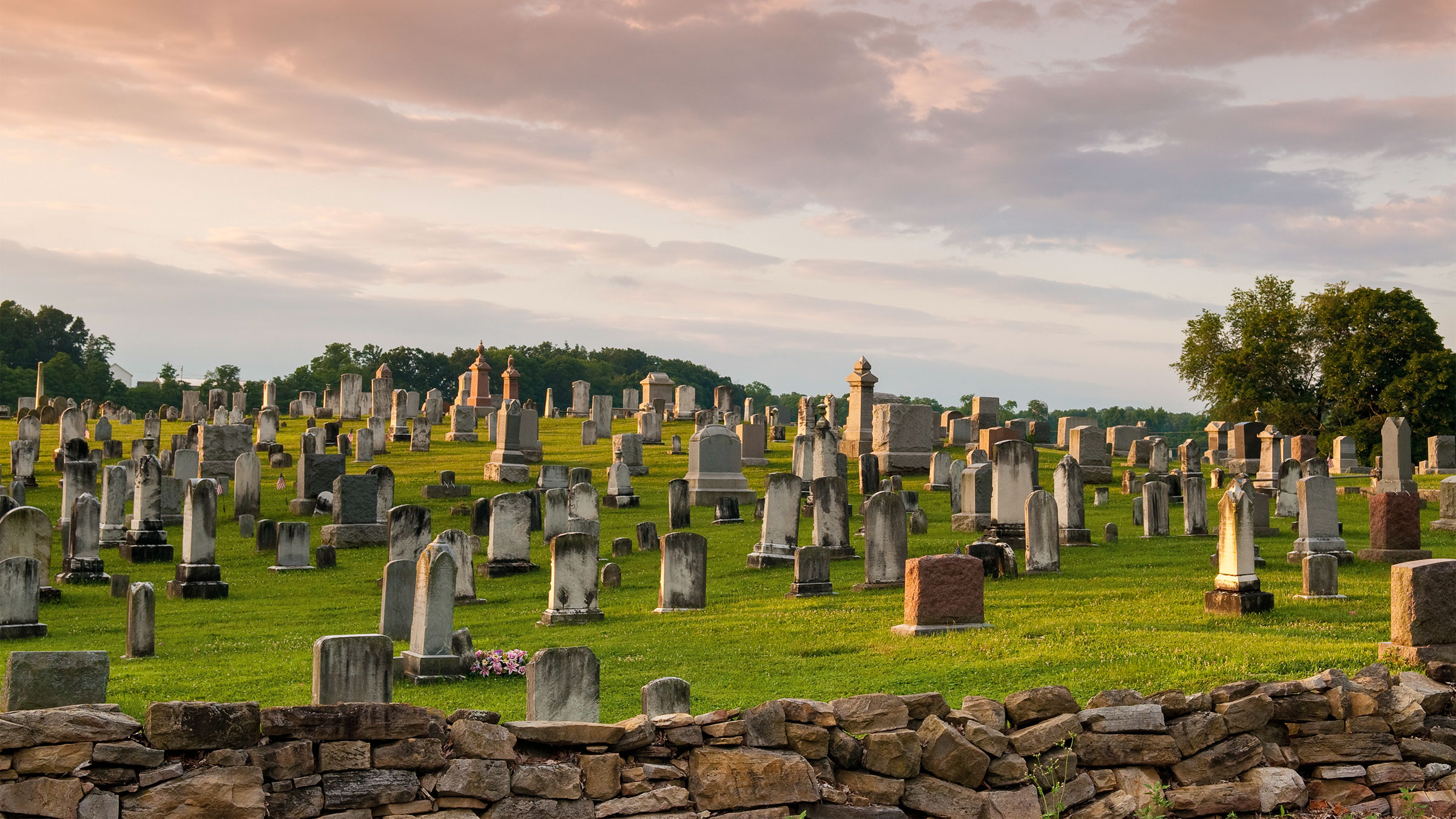
One day I was walking in a meadow and saw a great blue heron just about thirty feet away. It suddenly poked its head down into the grass and came up with a large snake with at least three feet of its body still dangling from the heron’s mouth. The snake’s body was thrashing around, and the heron kept its grip on the snake and slowly swallowed all of it. I could still see the snake’s body moving as it descended down the heron’s long neck. Having mostly lived in the suburbs, I had never seen anything like this before, not even on a nature show! While watching this unfold I was aware of my various thoughts, reactions, and emotions. Of course, these life-and-death events are happening constantly all around us. Any pity I may have felt for the snake comes from thinking. Realizing that the heron needs the snake in order to survive is also thinking. There are creatures around who might eat the heron one day, and there are countless snakes all over the globe that are eating other creatures. We humans seem to be alone in worrying about the cycles of life and death. We don’t want something to take our life, whereas the snake was just being a snake all the way down into the heron’s acidic stomach. I felt grateful to be able to witness such a vivid display of life cycles and to be with my various reactions. We can witness, react, and just keep learning from our reactions. We have countless opportunities in our life to learn countless lessons.
I began to feel fear about death when I was around six years old. Before we went to sleep, my father would read the Lord’s Prayer to us. The last words I would hear before he said good night were “Forever and forever, Amen.” Forever and forever, Amen? What is forever and forever? What does that mean? I remember wondering, “Is that what happens when I die? Do I just float around in some abyss forever and forever and lose everything that is familiar?” I actually think about death probably every day. The angst I felt when I was younger has lifted, but the wonder about infinite time and space, letting go, being released is a part of my Great Question, “What am I?” I believe most humans are uncomfortable with truly asking what they are. They might be afraid of delving too deeply into such a profound query. Questioning our origin might require letting go of a lot of what is familiar to us. It might make us uncomfortable or even terrified! One of the benefits of sitting retreats with others is that you can actually get to a point where you are aware of your grasping and fears, and because of the supportive environment of the retreat setting, you can stop grasping and let go. Just do the practice of breathing out “Don’t know.” Have the breath rise up from your lower abdomen and breathe out “Don’t know” slowly.
With that simple breathing technique we can return to the spaciousness of now. Each one of us can settle into now, where all worries about gain and loss disappear.
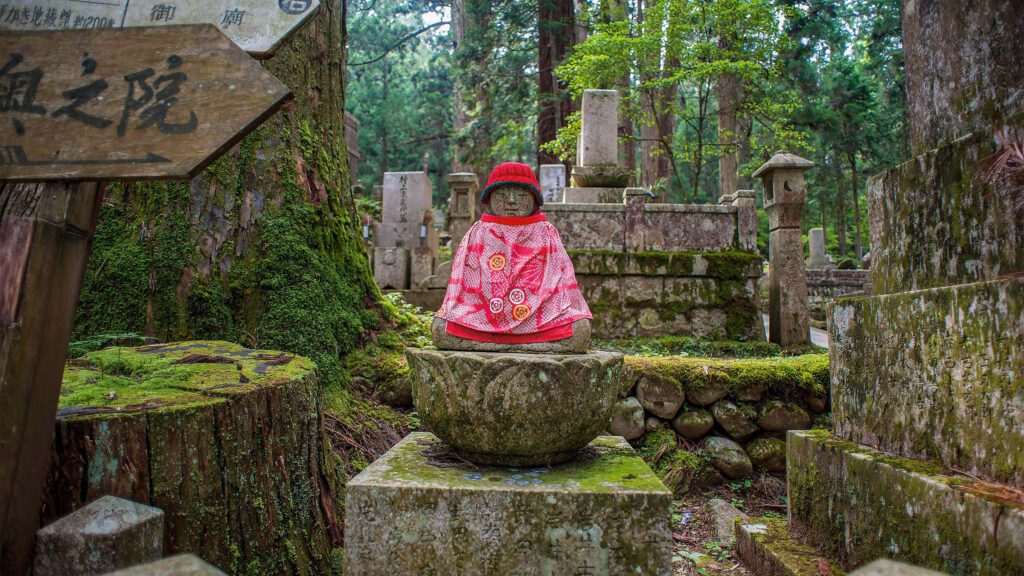 Photo by STEPHEN FLEMING / Alamy Stock Photo
Photo by STEPHEN FLEMING / Alamy Stock PhotoWhen the Shit Hits the Fan
I worked in a skilled nursing facility for eleven years and with hospice full-time for twenty-seven more years. In both settings I was privileged to be with many sick and dying people. My role was always to be aware of their needs and find ways to help them be more comfortable, both physically and emotionally. The Buddha taught, “Life is suffering.” With my work I witnessed so much suffering. When things are going well in life, it is almost possible to not notice all the suffering that is going on around us. Taking on a meditation practice that slows us down enough to become more aware makes it possible for us to notice two huge forces in our life. One is Great Love; the other, Great Sadness. As our clarity and intuition grow, we can begin to completely digest (learn from) each experience. We can stop trying to avoid our own or others’ suffering and become fully human, capable of experiencing love and sadness and knowing our role in being able to help. So many people I took care of would ask me, “Why did this have to happen to me?” So many struggled with their anger and fear. If one has been doing a healthy meditation practice, noticing the love and sadness all around them, “Why me?” would not enter, and the anger and the fear would not be hindrances but rather serve as our teachers.
“The Human Route” is a profound Zen poem found in Master Seung Sahn’s The Compass of Zen:
Coming empty-handed, going empty-handed—that is human.
When you are born, where do you come from?
When you die, where do you go?
Life is like a floating cloud that appears. Death is like a floating cloud that disappears.
The floating cloud itself originally does not exist.
Life and death, coming and going, are also like that.
But there is one thing that always remains clear.
It is pure and clear, not depending on life and death.
Then what is the one pure and clear thing?
The last stanza reads, “But there is one thing that always remains clear. It is pure and clear, not depending on life or death.” The next line, “Then what is the one pure and clear thing?” is a question we use as a kong-an in our tradition. What is the one pure and clear thing that is not dependent on life or death? Just sit and imagine you have been diagnosed with a terminal illness and you are not expected to live much longer. The practice of asking “What is this? What is my relationship to this? What is this all about?” can ground you, help you to go into your center and be with the illness. Perhaps you will experience a spontaneous remission; perhaps you will die. Having the ability to enter into the illness with an open and responsive mind allows you to learn all you can and not fearfully hide away, withdraw. Many years ago, one of the coping techniques that was taught to cancer patients (maybe it still is) was to imagine Pac-Man, this face with a big mouth that could run around a video screen and eat up all of the cancer cells. Just eat them up, get rid of them! Yes, one could visualize that. But the reality is, the body is hosting cancer cells, and we need to own that. Then we need to find out what our body needs. Imagining that we can somehow fight and consume the cancer cells is only imagining. Zen practice would encourage you to ask and listen to the information your body and the medical experts are giving you. Listen to any fear or confusion you may have. Be with all of that with an open heart and mind and with your inquiring mind. Listen!
Here is another life-and-death kong-an that we use: Hyang Eom’s “Up a Tree.” Master Hyang Eom said, “It is like a man up a tree who is hanging from a branch by his teeth. His limbs are tied and bound, so his hands cannot grasp a bough, and his feet cannot touch the tree. Another man standing under the tree asks him, ‘Why did Bodhidharma come to China?’ (In other words, what is the true meaning of Zen?) If he opens his mouth to answer, he will lose his life (lose his grip on the branch). If he does not answer, he evades his duty and will be killed.” The question: If you are in the tree, how do you stay alive?
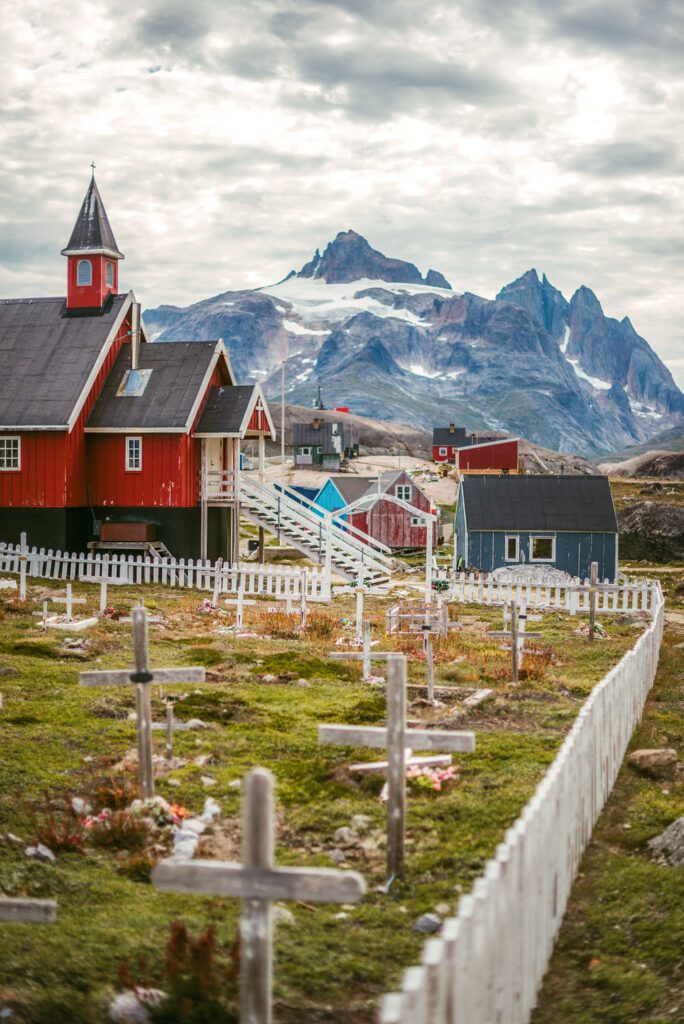 Photo © Chris Zielecki / Stocksy United
Photo © Chris Zielecki / Stocksy UnitedThe point of this kong-an and all kong-ans is to cut off your dichotomous thinking, concepts like win and lose, life and death, big or small, good and bad. Cut off your thinking and completely enter the situation the kong-an is presenting. Feel the branch in your mouth, your body’s weight; be there 100 percent. The kong-an’s job is to give you a question. Every kong-an has a clear, direct answer. Having an illness is also like that. An illness gives us a question. Rather than thinking about it in terms of healing or dying, winning or losing, just enter and be with every aspect of your life, just as it is.
We had a large poster in the office at my hospice that read “Dying is no reason to stop living.” As ironic as it might seem, dying can powerfully awaken people to living, to all the love and sadness that life is offering. Tremendous healing can occur during the dying process, at death and perhaps even after death, both for the dying person and for their family and friends. If dying can present such an opportunity for healing, it follows that any malady or event in our life can help heal us. Whether we perceive our experience as joyful or painful doesn’t matter. The more we awaken, the less we make distinctions. We gradually stop thinking in terms of opposites and simply are with each moment in a clear and open awareness. Our healing, our growth, comes from being open and awake. Our discomfort, our suffering, comes from defending and tightening around our delusional separate selves. This is the healing process—awakening to the original wholeness of life. When we’re open and present in this moment, the thought of healing disappears. Healing is a human idea. There is only being in intimate relationship with the conditions and situations in our lives, leaving us to be better able to access the resources of compassion and wisdom so we can weather life’s storms.
There is a wonderful story about an old Zen master who was about to take his last breath. He suddenly smiled and said, “What was all of the fuss?” When we are grounded and aware, there is no idea of life’s lessons being a “fuss.” We don’t need to wait until our last breath to realize this.
From the many patients and families I met while being a nurse, there are a few that stand out the most for me. I remember them because they taught me so much, things I needed to learn. One of them was an Italian woman, Mrs. M., who was about seventy-five years old and lived by herself. Her family rarely visited. I remember she spent a lot of time sitting by her window, watching the people walking around outside. Sometimes she would shout and wave to them. I sensed that she was often quite lonely. We got to know each other very well and became quite fond of each other. We are taught to keep a professional distance from the patients and their families, not to fall into the trap of feeling like we’re a family member. If a hospice caregiver loses their grasp on being a professional, they can lose their objectivity and some of their skill set and simply not do their correct job. There is a big difference between being professionally distanced and being cold and uncaring. Actually, that little bit of professional distance is what makes it possible to be in a job like that for years and years. So, as much as I was fond of Mrs. M., I was still able to take care of her needs without feeling like I was her daughter. Well, her lung cancer progressed and she started spending more time in bed. The social worker was able to speak with her family and encouraged them to spend more time with her. One weekend when I wasn’t on call or working, I was driving down the highway and suddenly my car took the exit that led to Mrs. M.’s apartment! My mind was very surprised that the car was heading in that direction. I asked myself, “What is this?” and I became aware that I wanted to visit Mrs. M. on my day off! Well, that’s not exactly professionally distancing, but I just kept driving, then parked the car and walked right up the narrow stairway that led to her home. When I entered, her granddaughter was sitting at the kitchen table. I asked her if it was alright to go into Mrs. M.’s bedroom, and she nodded to me. As with the rest of Mrs. M.’s relatives, I had never met this granddaughter. I came into Mrs. M.’s room and sat beside her. I could see that she was about to die. I held her hand and felt so much love for her that I began to cry. She looked at me and asked, “Why are you crying?” I said, “Because I love you.” She smiled and I felt so much warmth between us. Then she stopped breathing. I felt so privileged to be able to be with her and that she didn’t have to die alone. A teaching in our precepts ceremony instructs, “Know when they (the precepts) are open and know when they are closed.” In other words, sometimes we have to break a precept in order to act compassionately in certain situations. The rule about keeping a healthy professional distance with a client went right out the window when my car headed toward that patient’s home. I trust that the many years of practicing with “How is it just now?” was how I was informed that Mrs. M. needed me at that time. Otherwise she would have died alone, and I never would have been able to say goodbye to her in such a profound way.
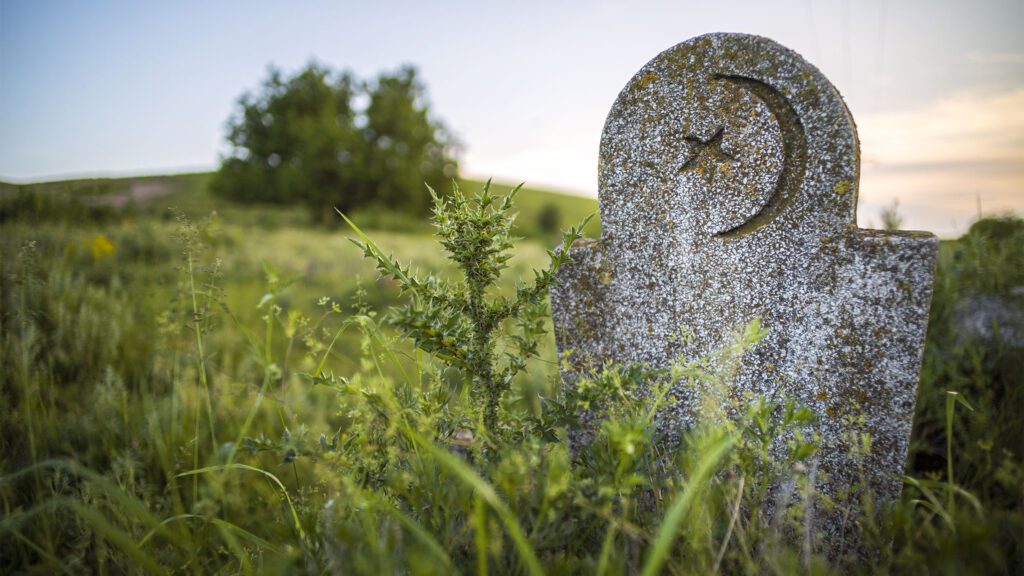 Photo by Alexandru Nika / Shutterstock.com
Photo by Alexandru Nika / Shutterstock.comSlowing Down and Being Still
Most of the people I cared for in hospice had never questioned the meaning of their existence, possibly never thought much about sickness and death. In the Buddhist teachings it says that it is very difficult and a rare blessing to be born as a human. It is as difficult as it would be for a sea turtle to come up for air right in the center of a floating tire tube, the only tube in the entire ocean! This rare chance to be born human is considered to be advantageous because humans are the only animal that can become fully realized and embody the attributes of a bodhisattva. Other animals don’t change their behavior—for example, a squirrel has always acted as a squirrel; it doesn’t evolve but just stays a perfect squirrel. But humans have made tremendous changes in their behavior, some for better and some for worse. So, if it is so rare and advantageous to be born a human, why have so many humans not even considered the possibility of expanding their insight and compassion? Buddhism teaches that three of the reasons are desire, anger, and ignorance. We are so busy trying to get what we want and avoiding what we don’t want that we lose sight of our mind’s capacity to grasp the true meaning of life. It’s like the old saying, “Life is what happens when you’re busy making other plans.”
When I started working with the dying, I kind of expected to see a lot of the patients really opening up to the bigger questions in life: “When I was born, where did I come from?” “When I die, where do I go?” “What is the meaning of my existence?” Instead I saw most patients just continue to die as they lived. If they were angry and demanding, those traits didn’t change. Sometimes someone who had been mostly kind and patient would become very fearful and withdrawn. It’s not surprising, because it’s very difficult to expand and grow when one is very ill, weak, and uncomfortable. If possible, it’s best to start meditation practice when we are younger, when our bodies are strong and our minds have more plasticity. It is easier for a young adult to have a wider view, to be willing to trip and fall and get back up. As we near the end of our life, the ability to recover and readjust from trauma can be more challenging, unless, of course, you’ve been doing a healthy meditation practice. Our meditation path continuously encourages us to delve right into the difficult parts of our life. We learn that all aspects of life are opportunities to grow and strengthen.
One of my hospice patients shared with me that he was very afraid of dying. He was Catholic and had faithfully gone to Mass his entire life. I reminded him of the teaching in the Bible that refers to Jesus preparing a place for believers when they die. He had heard that many times, but he didn’t really have faith in that. How could he know if it were really true? I cared for my mother-in-law while she was dying and she told me she was afraid she was going to hell. She had also gone to Mass and confession all her life. To truly comprehend the meaning of our life and our death we need more than liturgy and doctrines. We need to be with our doubts and fears openly. We need to listen to them our entire life. The value of contemplation is being understood more and more in many religions. Mother Teresa was once asked how she prays. She is quoted as saying, “I listen to God.” Then she was asked, “What does God say?” She said, “Nothing. He is also listening.” So perhaps through the quiet listening all will be revealed. Thoughts of heaven and hell will disappear and with them our anxieties and fears. We can return to the place of stillness and light. Breathe into the sounds and silence, only “Don’t know.”
From Composting Our Karma: Turning Confusion into Lessons for Awakening Our Innate Wisdom by Barbara Rhodes, edited by Elizabeth S. R. Goldstein. © 2024 by Barbara Rhodes. Reprinted in arrangement with Shambhala Publications.
Barbara Rhodes is the School Zen Master of the Kwan Um School of Zen. A registered nurse, she currently works in hospice care.

 Tekef
Tekef 








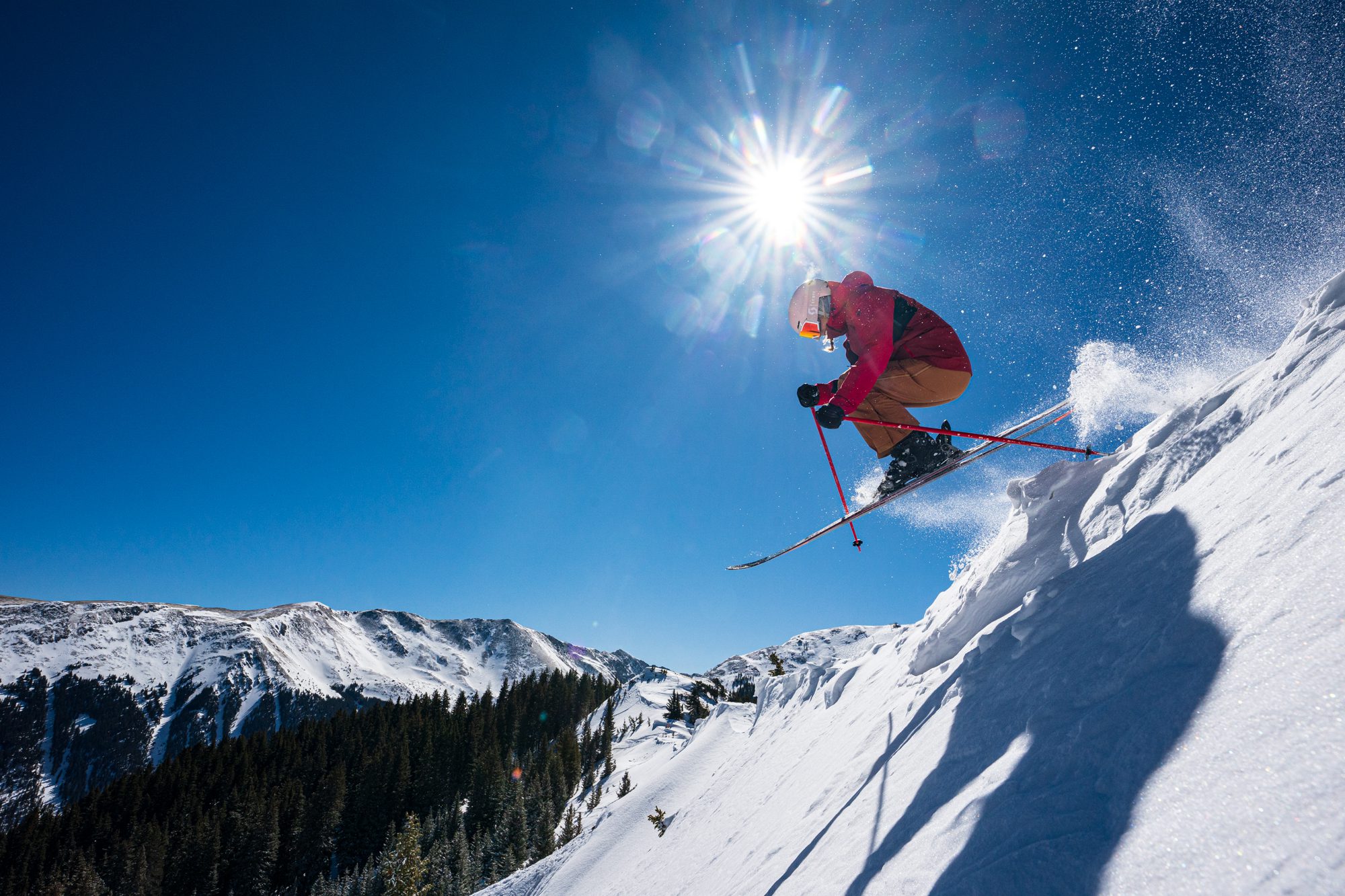
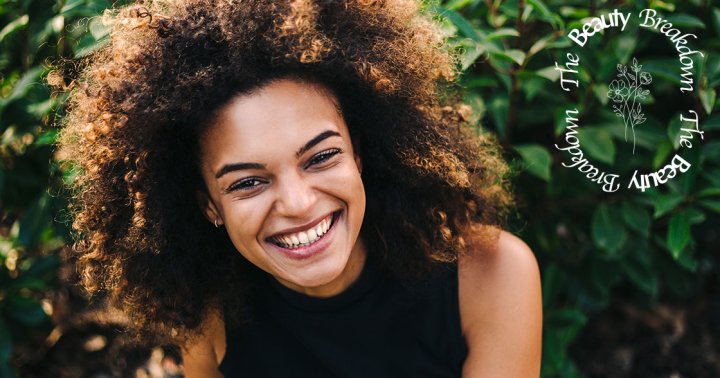
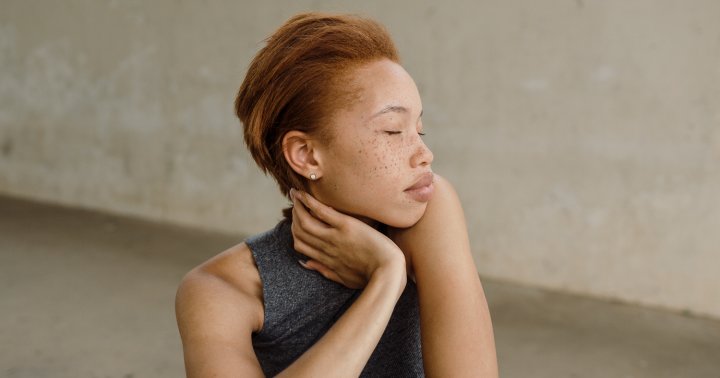














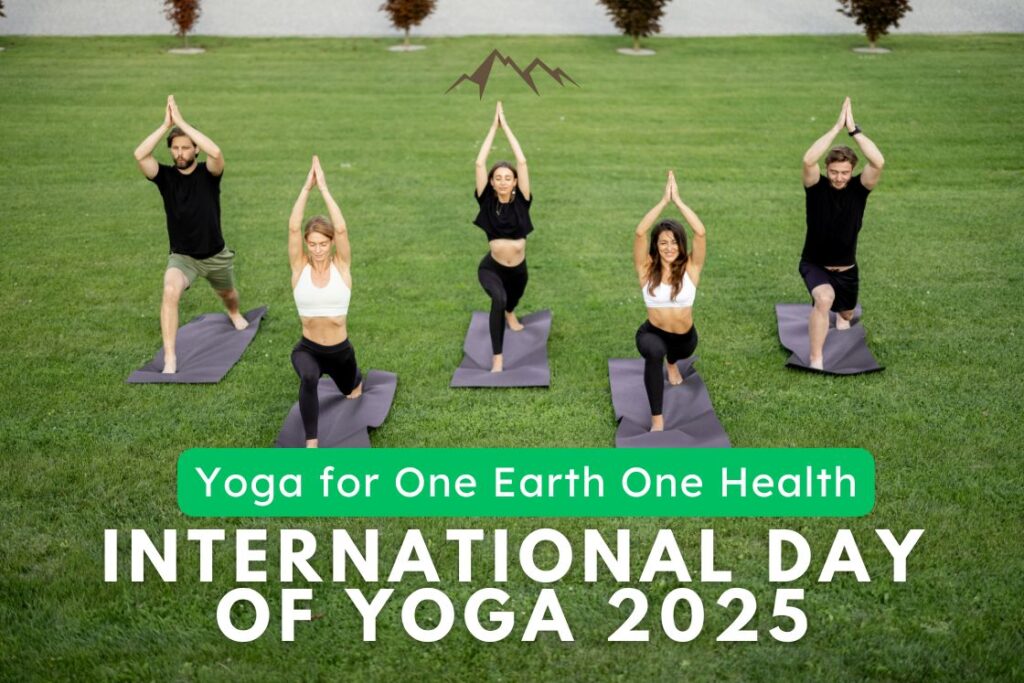





![What It Takes To Stay On Top Of Local Search In 2025 [Webinar] via @sejournal, @lorenbaker](https://www.searchenginejournal.com/wp-content/uploads/2025/06/3-559.png)
